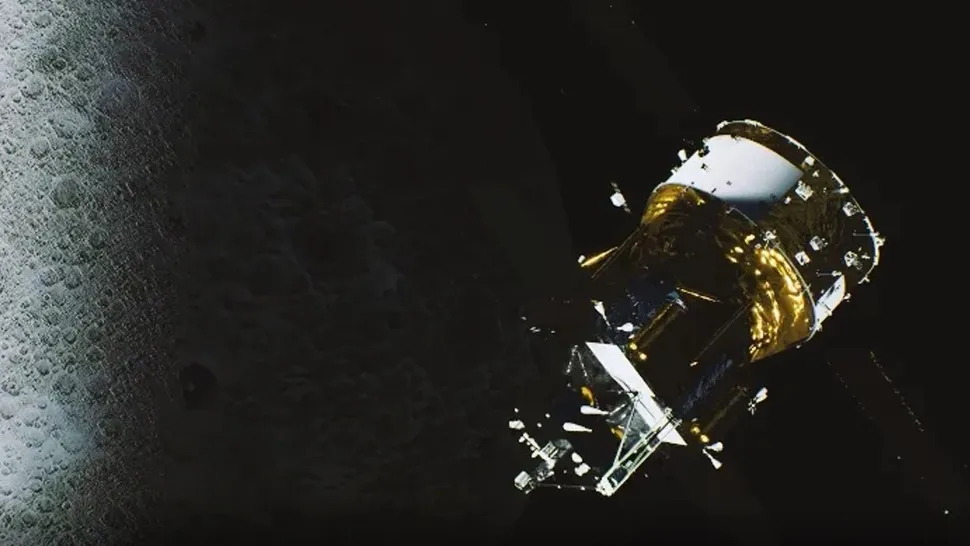China’s Chang’e 6 moon mission is studying landing sites on the lunar far side for accessibility ahead of a planned touchdown attempt this weekend.
The robotic Chang’e 6 launched on May 3 and entered lunar orbit about five days later. James Head, of the Department of Earth, Environmental and Planetary Science at Brown University in Rhode Island, has been working with China’s cadre of lunar exploration planners.
At a May 24 meeting of the project science working group for NASA’s Lunar Reconnaissance Orbiter mission, Head detailed the progression of China’s moon effort, and in a subsequent interview with SPACE.com, shared details of China’s moon exploration plans.
Projected landing date
The Chang’e 6 mission profile is essentially identical to that of Chang’e 5, Head told Inside Outer Space. That earlier effort, which landed in December 2020, returned to Earth 61 ounces (1,731 grams) of lunar material from Northern Oceanus Procellarum near a huge volcanic complex called Mons Rümker, on the northwest lunar near side.
Chang’e 6 is apparently targeting a landing on Sunday (June 2) Beijing time, which would likely be Saturday evening (June 1) for folks in North America. The mission will then spend three days studying its landing area and collecting samples. This sequence will be followed by the sample-loaded ascent module rocketing off the moon into lunar orbit, for rendezvous and docking with the mission’s lunar orbiter component.
The lunar collectibles will be transferred into a return-to-Earth module for the trek to our planet. If all goes according to plan, the samples, inside their return capsule, will touch down under parachutes here on June 25 (Beijing time).
Sample catalog
The retrieved samples will then be transferred to a lunar receiving lab in Beijing for examination. The far side specimens are to be described and documented, prior to publication of a Chang’e 6 sample catalog.
The China National Space Administration (CNSA) will then make the samples available for study, via application, by the scientific community, Head said.
In the case of Chang’e 5, China ultimately delivered about 0.6 ounces (17 g) of samples to 13 institutions that had submitted applications to CNSA’s Lunar Exploration and Space Program Center to utilize them for research purposes.
Far side specimens
The Chang’e 6 landing site is within the South Pole-Aitken Basin (SPA), the largest and most ancient impact basin on the moon. The SPA is in the southern part of the Apollo basin. It’s possible that Chang’e 6 will haul back to Earth lunar basalts that hold insights about magmatic processes and mantle properties of the far side.
“We can conduct exploration and research on the oldest soil and lunar soil on the moon, which will reveal the history of the formation of the moon,” Wang Chi, chief scientist of the fourth phase of China’s lunar exploration project, recently explained to China Central Television (CCTV).
“The main task of Chang’e 6 is to collect samples from the Aitken Basin on the far side of the moon and return them. In order to facilitate sampling, we also have a series of payloads. For example, our panoramic camera will be used to detect the terrain and landforms, and an important payload is the lunar radar, which will be used to investigate the geological structure,” said Wang.
Solar illumination
The Chang’e 6 lander relies on solar panels for power generation.
“Our spacecraft depends on solar illumination for power generation, and this illumination varies with latitude,” Lu Yuntong, an engineer at the China Aerospace Science and Technology Corporation, told CCTV.
“For this mission, we have selected a landing site in a region with moderate latitude,” Lu added. “We chose the South Pole-Aitken Basin due to its adequate solar illumination and reliable communication signals, meeting the engineering standards.”
Source: https://www.space.com/china-change-6-prepare-landing-moon-far-side



